The core component of an electric vehicle, in addition to the electric vehicle battery, is the motor.
1. Introduction
With the advancement of technology and people's increasing concern for environmental protection, electric vehicles are labeled as the future mode of transportation. The core component of electric vehicles, in addition to electric vehicle batteries, is the motor. The rapid development of power electronics and control technology has created space for the use of various types of motors in electric vehicles. Motors used in automotive applications have the characteristics of high starting torque, high power density, and high efficiency.
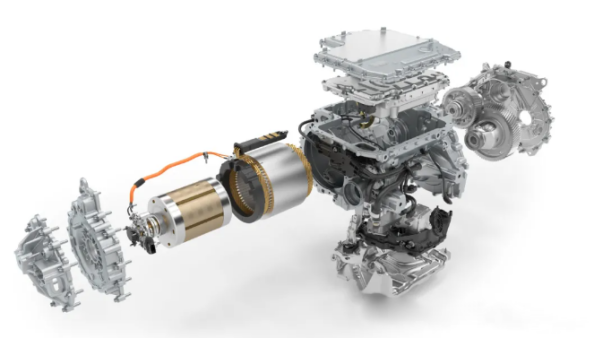
The torque-speed and power-speed characteristics of the traction motor determine the performance of the motor. Electric vehicle motors need to have high power at high speeds and a wide speed range in the constant power region. The constant torque operating area is very important for electric vehicles at low speeds to provide good starting and uphill capabilities. The constant power region determines the maximum speed of the electric vehicle on a flat road. When the base speed is reached, the motor reaches the rated power and the motor torque decreases in proportion to the square of the speed.
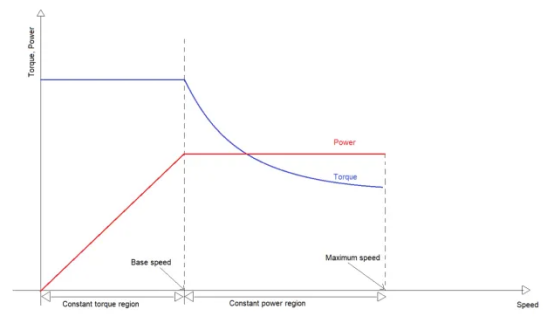
2. What Types of Electric Vehicle Motors are There?
There are four types of motors that electric vehicle manufacturers typically use:
Permanent magnet synchronous motor (PMSM)
Electrically excited synchronous motor (EESM)
Asynchronous induction motor (IM)
Switched reluctance motor (SRM)
In addition to the above 4 types, there are some other types of motors for special purposes.
Permanent Magnet Synchronous Motor (PMSM)
PMSM is similar to brushless DC motor, with permanent magnets in the rotor. Brushless DC motor has trapezoidal back electromotive force (EMF) waveform, while PMSM has sinusoidal back EMF. Simple structure, high efficiency and high power density make it suitable for use as traction motor (common in hybrid vehicles, electric vehicles and buses). PMSM motor has higher efficiency compared to IM. There are two types of PMSM motors: surface mount permanent magnet motor (SPM) and interior permanent magnet motor (IPM) synchronous motor drives. IPM motors have better performance than SPM, but the disadvantage is the complex design.
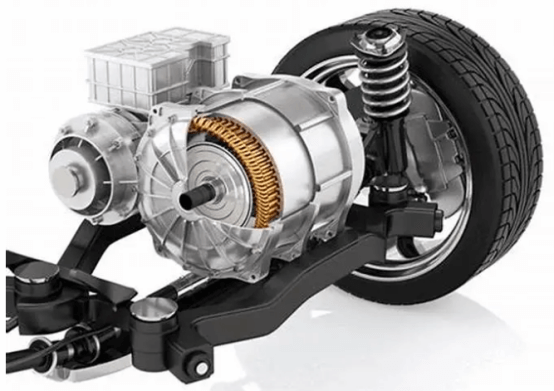
In a synchronous permanent magnet motor, permanent magnets are embedded in the rotor. When AC power is supplied to the stator, a rotating magnetic field is generated, which interacts with the permanent magnets in the rotor to produce synchronous rotation, thereby generating torque that turns the wheels of the electric vehicle. Synchronous rotation ensures optimal power conversion, maximizing efficiency and performance in a compact package.
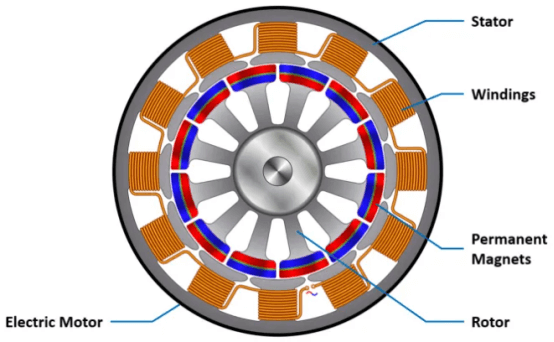
The speed of the vehicle can be adjusted by varying the frequency of the alternating current supplied to the motor. The control system in an electric vehicle provides fine control over the operation of the motor, precisely adjusting speed and torque according to driving conditions, making the vehicle more adaptable and responsive.
Synchronous permanent magnet motors are known for their high power density and efficiency, making them an excellent choice for electric vehicles where space and energy conservation are critical.
One drawback of this type of motor is that permanent magnets often require rare earth minerals, which are expensive and can have sustainability drawbacks due to the way they are mined.
Electrically Excited Synchronous Motor (EESM)
The stator of an electrically excited synchronous motor receives alternating current, which generates a rotating magnetic field. The rotor has no permanent magnets. Instead, it has six wide copper blades. Direct current is fed into the rotor, which generates a magnetic field that is synchronized with the stator's rotating magnetic field. The mutual synchronization between the rotor and stator magnetic fields generates torque, which propels the car forward.
Electrically excited synchronous motors require slip rings and spring brushes to be installed on the rotor shaft, which also leads to the risk of brush wear.
The output of the motor can be precisely controlled by adjusting the frequency and amplitude of the supplied alternating current, which can accurately control the speed and torque of the car.
Electrically excited synchronous motors are known for their flexibility and adaptability. They perform well in applications that require high torque and high power, ensuring optimal performance in a variety of driving environments. While embodying adaptability and power, they can also adjust their operating characteristics to the needs of a specific vehicle to achieve optimal performance. Many of BMW's electric vehicles use this type of engine.
Energizing the rotor makes these motors inefficient, especially at low speeds, where the energy required to generate the magnetic field becomes a larger portion of the total consumption.
Asynchronous Induction Motor (IM)
Asynchronous induction motors have been around since the 19th century. In this motor, the rotor contains conductive plates, usually copper or aluminum. The stator's rotating magnetic field (RMF) induces currents in these plates, which in turn form an electromagnetic field, which then begins to rotate in the stator's rotating magnetic field (RMF). Induction motors are also called asynchronous motors because the induced electromagnetic field and the resulting rotational torque only exist when the speed of the rotor lags behind the rotating magnetic field (RMF). These motors are common because they do not require rare earth magnets and are relatively cheap to manufacture, but they can be difficult to cool under continuous high loads and have low efficiency at low speeds.
When used in electric vehicles, the speed of the motor is controlled by varying the frequency of the alternating current supplied to the stator, allowing precise control of the vehicle's motion. Volkswagen and Tesla use asynchronous induction to power the front wheels of their electric vehicles.
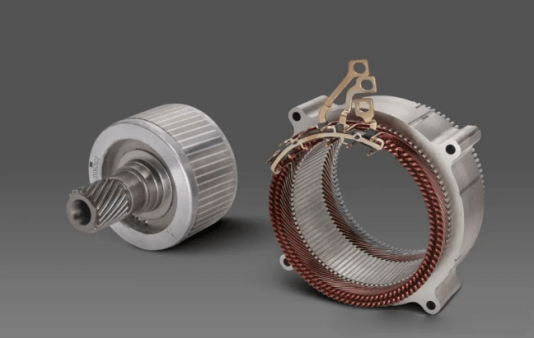
Induction motors (IM) are very common in electric vehicles due to their simplicity, reliability, ruggedness, low maintenance, low cost, and ability to operate under varying environmental conditions. Induction motors can naturally de-excite if the inverter fails, which is an important safety advantage for electric vehicles. The disadvantages of IMs are slightly lower efficiency (compared to permanent magnet motors), higher power losses, and relatively low power factor.
Asynchronous induction motors are known for their ruggedness and efficiency, making them well suited to a wide range of driving conditions. They produce huge torque at low speeds, which is good for starting and slow speeds, while maintaining high efficiency at higher speeds. They can operate under a wide range of load conditions with minimal wear, making them ideal for electric vehicles because they combine performance and reliability.
Switched Reluctance Motor (SRM)
The switched reluctance motor is based on the principle that the magnetic flux is always closed along the path with the largest magnetic permeance. When the center lines of the stator and rotor teeth do not overlap and the magnetic permeance is not the largest, the magnetic field will generate magnetic pull, forming a reluctance torque, causing the rotor to rotate to the position with the largest magnetic permeance. When current is passed through the stator phase windings in sequence, the motor rotor will rotate step by step in the direction opposite to the energized phase sequence. Changing the energization sequence of the stator phases will change the direction of the motor.
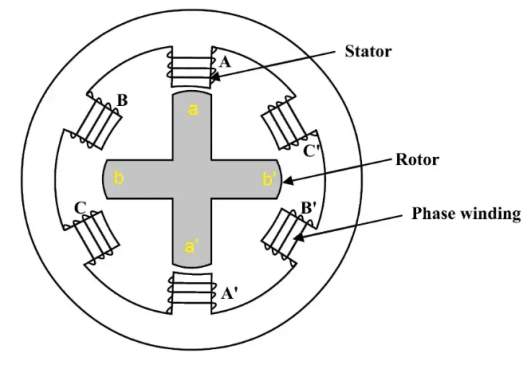
The rotor of a switched reluctance motor is made of laminated steel sheets with no windings or permanent magnets. This results in a low rotor inertia, which helps achieve high acceleration. The rugged nature of SRMs makes them suitable for high-speed applications. SRMs also have high power density, which are some of the characteristics required for electric vehicles. Since the heat generated is mainly confined to the stator, it is easier to cool the motor. Since the phases are not connected, SRM motors can continue to operate even if one phase is disconnected.
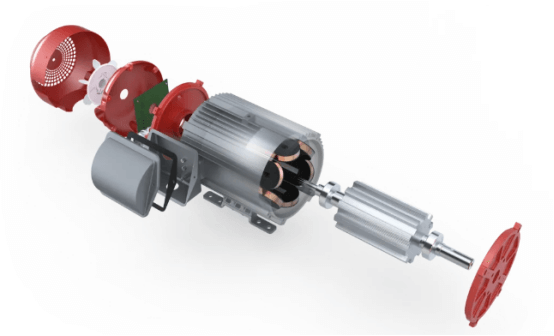
Additionally, their advantages in electric vehicles include ruggedness, simple control, high efficiency, wide constant power operating region, good fault tolerance, and torque/power-speed characteristics suitable for electric vehicle applications.
Comparison of Main Characteristics of Various Motors:
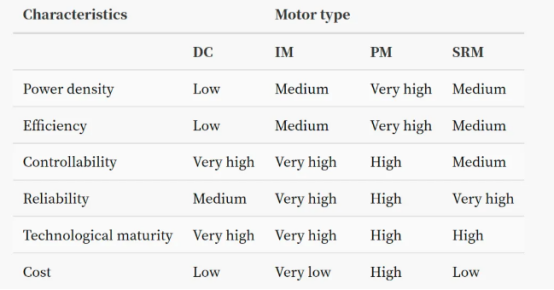
HONEST Automation: Driving the Future, Leading the Electric Era
Are you looking for a reliable partner to help you stand out in the field of electric vehicle motors?
HONEST Automation, as the world's leading supplier of electric vehicle motor stator and rotor winding assembly equipment and automatic lines, is committed to providing customers with one-stop solutions, enabling enterprises to build core competitiveness and become industry leaders.
We have worked hand in hand with many well-known automobile manufacturers and motor manufacturers to successfully deliver many benchmark projects, including:
Hairpin stator production line: efficient and precise, meeting the needs of high-performance motors.
Drive motor assembly line: high degree of automation to ensure product consistency and reliability.
Drive rotor assembly line: stable and efficient, improving production efficiency.
Hairpin and X pin motor non-cutting twisting machine: innovative technology, simplified process flow and reduced costs.
Choose HONEST Automation, you will get:
Customized solutions: tailored to your needs to maximize production efficiency and product quality.
Advanced technical support: continuous innovation to provide you with industry-leading equipment and technology.
Perfect after-sales service: accompany you throughout the whole process to ensure that you have no worries.
Join hands with HONEST Automation to create an electric future. Welcome to consult and get exclusive customized solutions.











